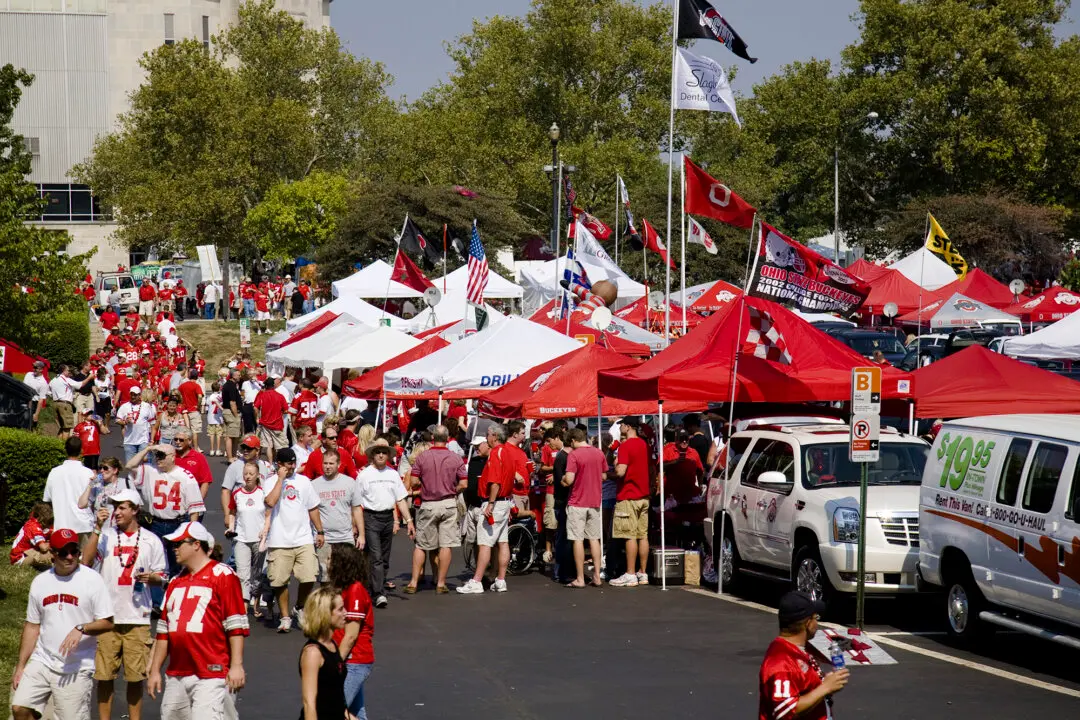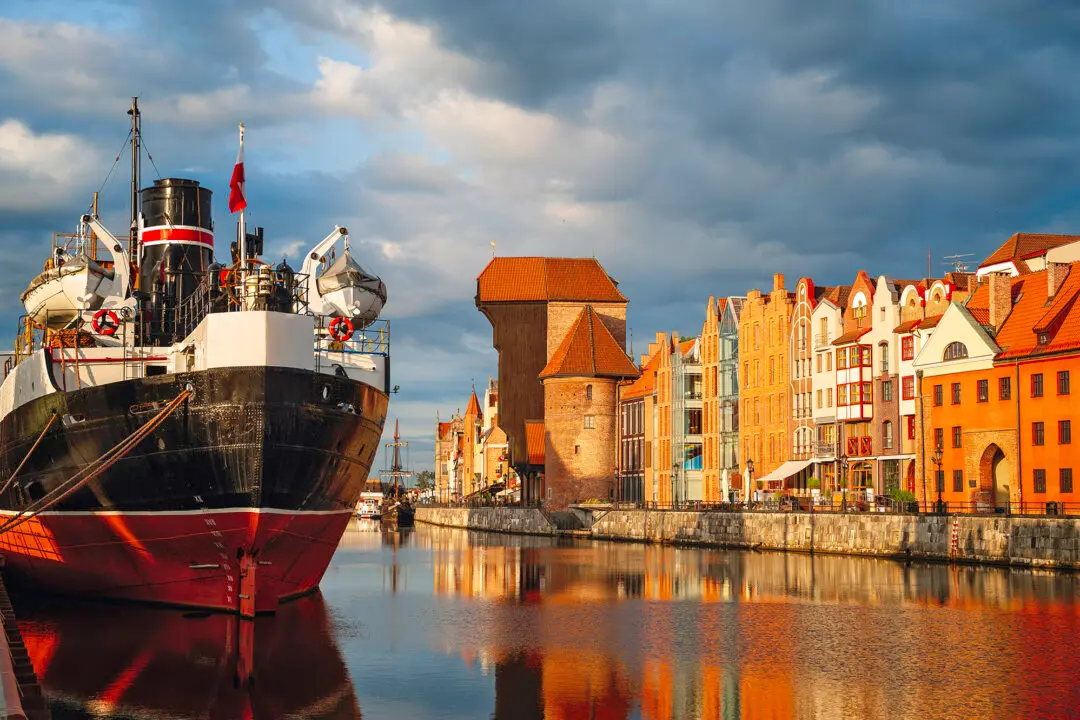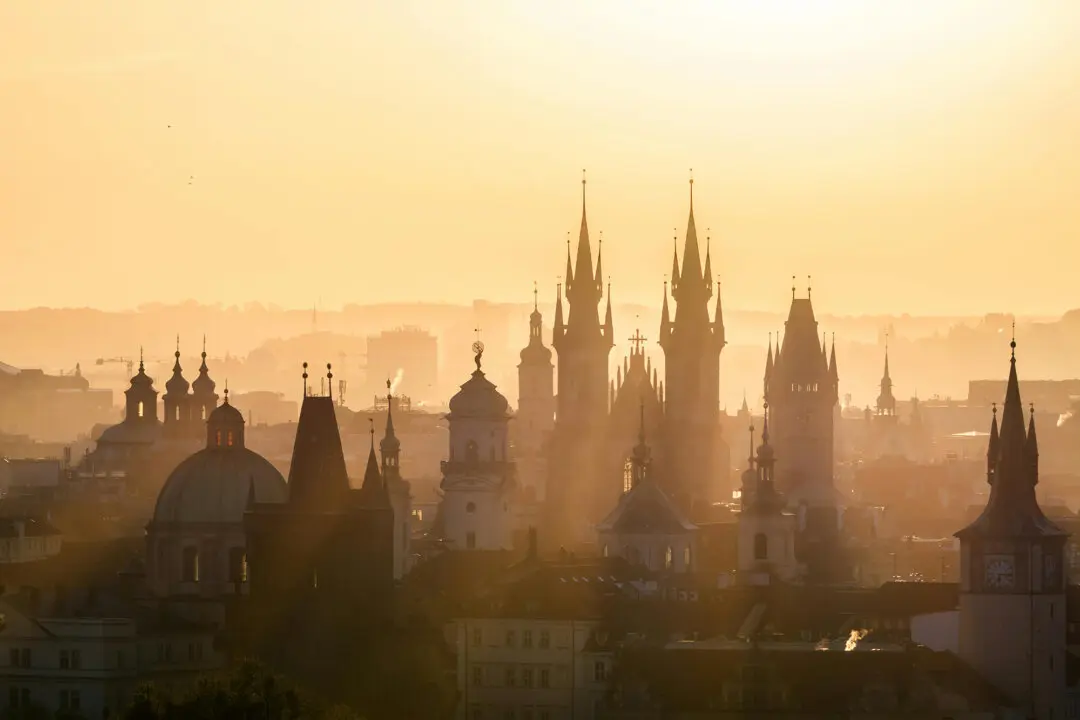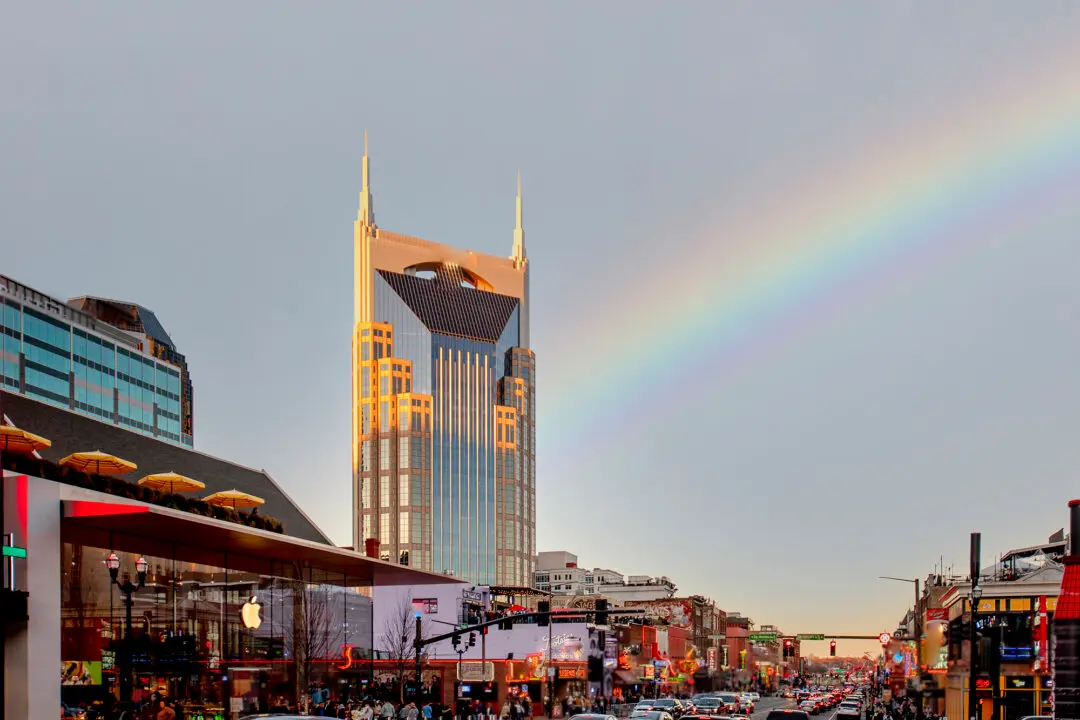They are weird and strange and feel somewhat otherworldly. Approaching them on foot felt a little like discovering an alien village in some outer-space sci-fi movie, not a UNESCO-protected settlement in the south of Italy. Climbing a small rise, the details of the tiny dwellings become clear—round, white-washed base with a conical roof, some splashed with symbols of good luck, all of them hundreds of years old.
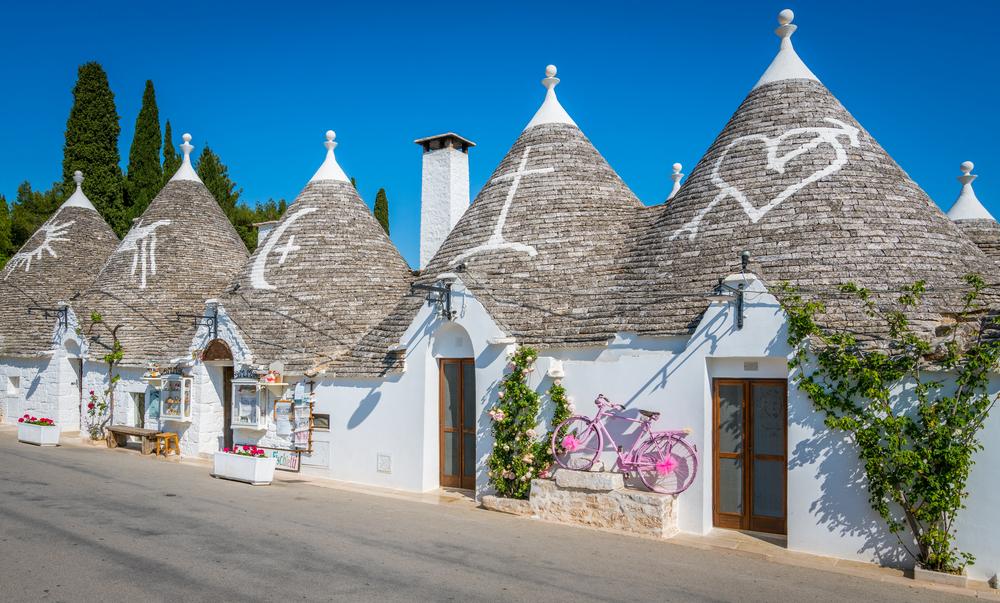
Trulli houses in Puglia. essevu/Shutterstock


